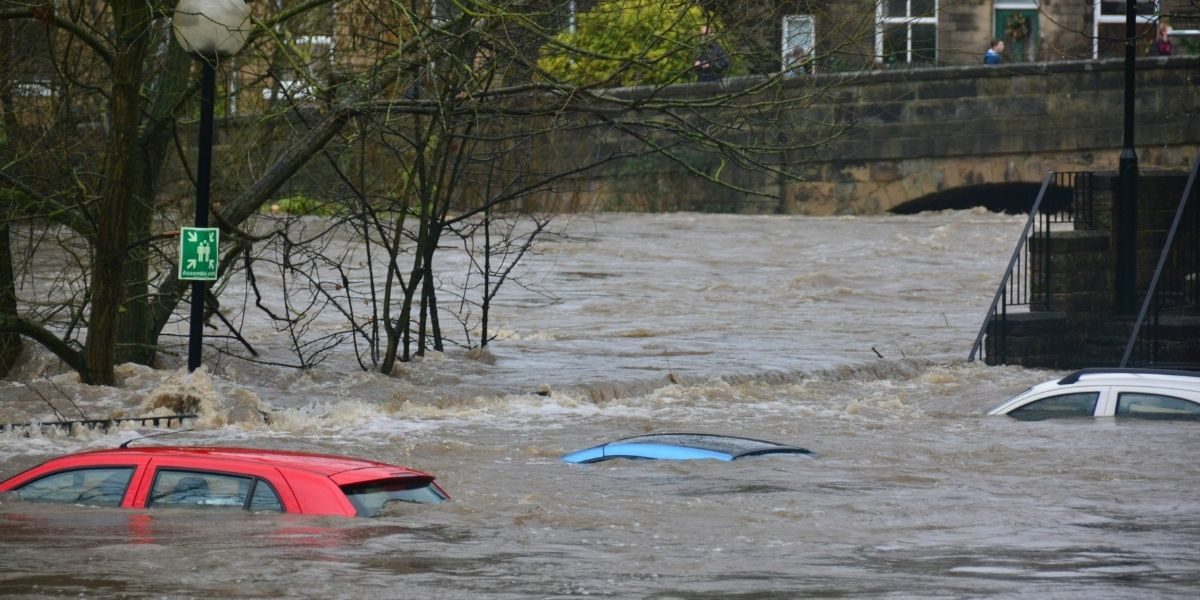Coastal Cities Vulnerable to Rising Seas
As the world grapples with the effects of climate change, rising sea levels have emerged as one of the most pressing challenges for coastal cities. These cities, home to millions of people and critical global economies, are increasingly threatened by flooding, coastal erosion, and the more frequent occurrence of extreme weather events. Rising sea levels are primarily driven by the melting of polar ice caps and the thermal expansion of ocean water. As the sea encroaches on land, it creates serious risks to infrastructure, economy, and even human lives in these vulnerable coastal regions.
Read Also: Mastering Pitch Accuracy: Tips for Singers
How Do Rising Sea Levels Impact Coastal Cities?
The primary factors contributing to rising sea levels are twofold: the melting of glaciers and polar ice caps, and the expansion of water as it warms. As temperatures increase, the ice that has accumulated over centuries is melting, and this additional water flows into the oceans. Furthermore, when water heats up, it expands, taking up more space and further elevating sea levels. Together, these forces lead to the gradual inundation of low-lying coastal areas.
This gradual rise is often exacerbated by extreme weather conditions like storm surges, which can flood cities with little warning. These events can be devastating, as high winds and massive waves erode coastal areas, overwhelm drainage systems, and damage infrastructure. For many cities, sea level rise is already a present-day challenge, not just a future risk.
Which Coastal Cities Are Most Vulnerable?
Certain cities, due to their location, geography, and infrastructure, face a heightened risk from rising sea levels. Here are some of the most vulnerable coastal cities around the world:
Miami, USA: Located on the southeastern coast of Florida, Miami is already experiencing frequent flooding, especially during high tides. The city’s low-lying position means that even small increases in sea levels can have significant impacts. Experts predict that in the coming decades, Miami will face more severe flooding, threatening both residents and infrastructure.
New York City, USA: As one of the most populous and economically vital cities in the world, New York City faces considerable risk from rising sea levels. With much of its infrastructure along the coastline, including crucial transportation and power systems, the city is vulnerable to flooding and storm surges. Hurricane Sandy, which caused widespread damage in 2012, demonstrated the devastating consequences of such events.
Bangkok, Thailand: Bangkok is sinking, with the city’s rate of subsidence outpacing the rise in sea levels. This phenomenon, coupled with the threat of rising waters, places large parts of the city at risk. In addition, the capital’s reliance on groundwater exacerbates the problem, further lowering the city’s elevation. If not addressed, the combined effects could lead to permanent flooding in certain areas.
Jakarta, Indonesia: Jakarta’s vulnerability stems from both rising sea levels and rapid subsidence. The city is sinking at a rate of up to 25 centimeters per year, largely due to over-extraction of groundwater. As the ground sinks, it becomes even more susceptible to the effects of rising seas. This puts Jakarta in a precarious situation, with millions of people living in high-risk areas.
Venice, Italy: Venice, known for its picturesque canals, faces a unique set of challenges due to rising sea levels. The city is already experiencing regular flooding, and much of its infrastructure is built on unstable foundations. Rising water levels, combined with the city’s sinking foundation, continue to pose a severe threat to its cultural heritage and population.
What Are the Solutions for Protecting Coastal Cities?
Mitigating the impact of rising sea levels involves a combination of technological, policy, and environmental strategies. Many coastal cities have turned to physical defenses such as sea walls, levees, and tidal barriers. These structures can protect infrastructure and reduce the risk of flooding in low-lying areas.
In addition to these defenses, restoring natural barriers like wetlands and mangroves is another key solution. These ecosystems act as natural buffers against storm surges and help absorb the impact of rising waters, reducing the force of waves and preventing erosion.
Urban planning is also crucial in adapting to the new reality of rising sea levels. Cities need to rethink construction in coastal areas and create policies that limit development in high-risk zones. In some cases, relocation of vulnerable populations may be necessary. Long-term solutions will require cities to invest in resilient infrastructure and adopt climate adaptation strategies.
Read Also: Stars and Their Life Cycle: What Really Happens in Space
Can Coastal Cities Adapt in Time?
As rising sea levels threaten coastal cities across the globe, the question remains: Can these cities adapt in time to mitigate the impact? While efforts are underway to bolster coastal defenses, the task is monumental. Cities like Miami, New York City, Jakarta, and Venice are already facing the reality of rising tides, and the solutions will require both local and global cooperation. The future of these cities hinges on their ability to invest in infrastructure, enact policy changes, and ultimately, adapt to a changing climate.








